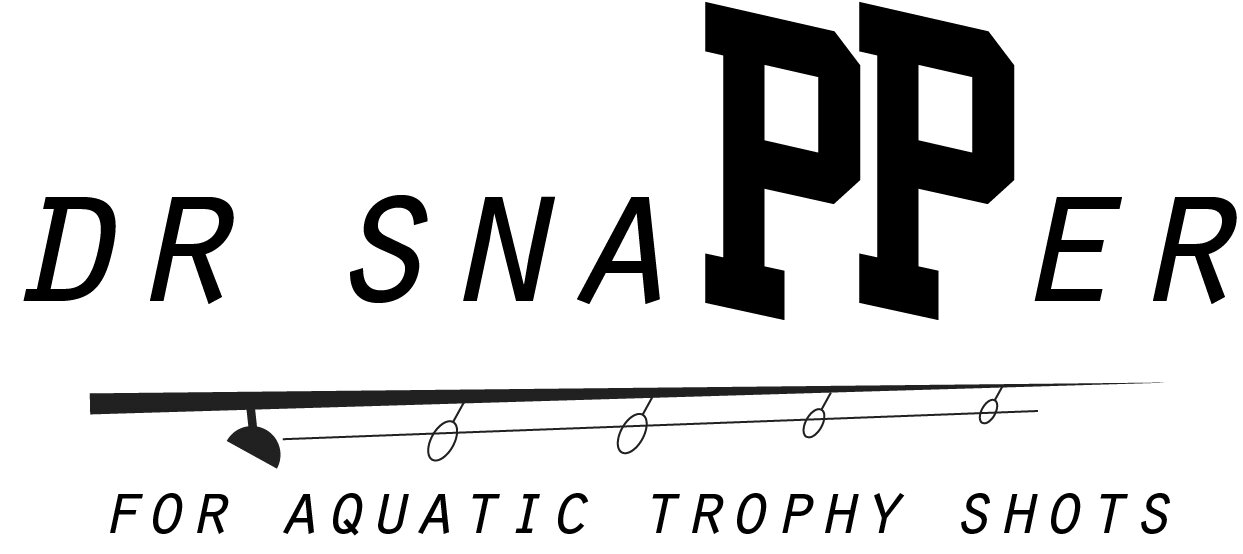The 7th sense of pike - why they like cameras sometimes more than your bait?
There are ample videos out there that show how predatory fish, especially pike, love the odd chomping on an underwater camera. How come? Why bother then about intricate designs and mimicry of natural swimming behaviours and shapes of the artificial lures, if they fall for the no frills outlines of the underwater camera casings? See below for some close up and inside views of their gill frames, some discussions about the power of vision and smell for a pike (some videos are in German). Bottom line is that pike are strong visual hunters - and one of the first things that comes into their field of view when spinning or trolling is the camera (when the fish sit in between). The blinking light of some cameras may actually not have a deterrent but attractant effect (obviously this is pure specualtion, because no one has tested this rigourously). Ideally, your bait choice, depending on the situation, can play in on visual cues, taste buds, and tactile senses. In this video a bait from icapio was used which combines stimuli for all of them. The cam was dressed with a fish-skin look alike snack attack sticker. It did work a treat and you can see the repeated interest of the pike in the camera on consecutive casts. Enjoy.
Sharing is caring: which are your top apps for underwater trophy shots?
If you also enjoy a growing selection of underwater trophy shots, you can become a true blue heart and upload your touchstone pictures to your favourite biodiversity-logging app. I have listed a few that I am familiar with, such as iNaturalist, ObsIdentify, and Redmap. ReefLifeSurvey I still need to check out. What is your fav app? I know sometimes the real trophy hunters are scared to burn the location when they caught something special. But, the geo-tag is a critical piece of information to link a species’ occurrence to its habitat. Luckily, some apps do not ask for the exact spot and allow for defining a radius around it. That way the secret spot is still secret, but you can make your special observation count and contribute to a knowledge base needed to halt the dwindling number of species extinctions. No need to chain yourself to airport gates and still make your pic count.
-
With 7.2 users and 171 Mio (research-grade) observations it is a real game changer when it comes to turning opportunistic wildlife and flora snaps into valuable observation helping to protect what we love and defines our cosmos.
-
This app helps checking up on the health of coral reef ecosystems around the world. It is a programme that trains citizen scuba divers to survey coral reef biodiversity in the same way around the world so that data can be pooled and observations compared.
-
The Australian Range Extension Database & Mapping project (Redmap) invites divers, fishers and boaters to spot, log and map marine species that are on the move due to warming waters.
-
ObsIdentify is popular in Europe. Of course almost every country in Europe has their network of national naturalist organisations. observation.org is a bit of an umbrella. It was founded in 2004 in Netherlands. It has evolved from a local website into a global biodiversity data hub. Unlike the crowdsourcing species validation system by inaturalist, obsidentify counts on the knowledge and skills of 1,000 species experts to ensure data quality and accuracy of observations.


